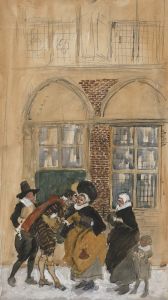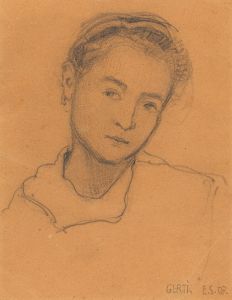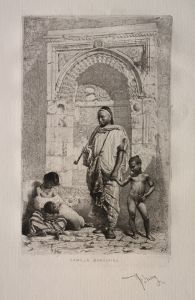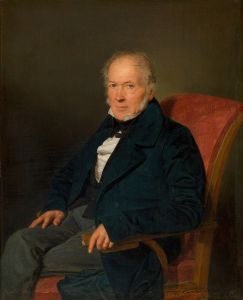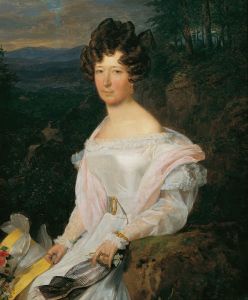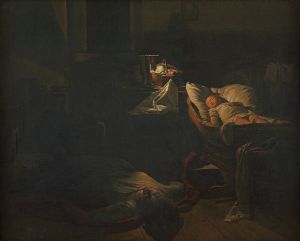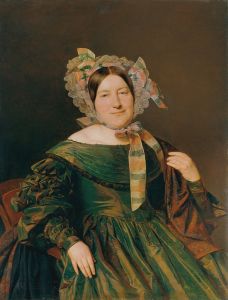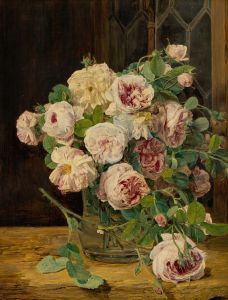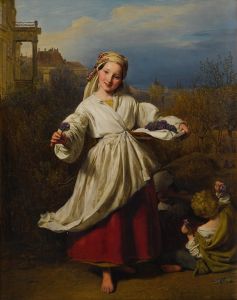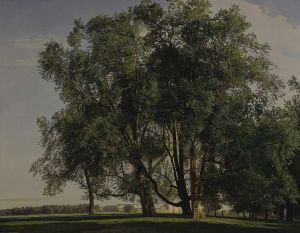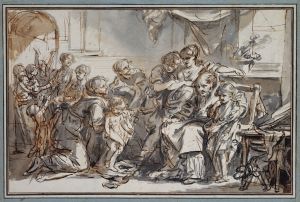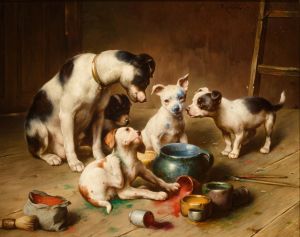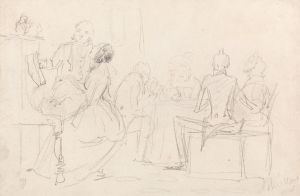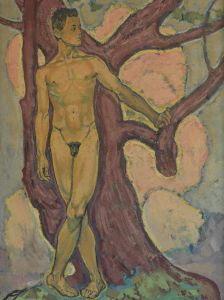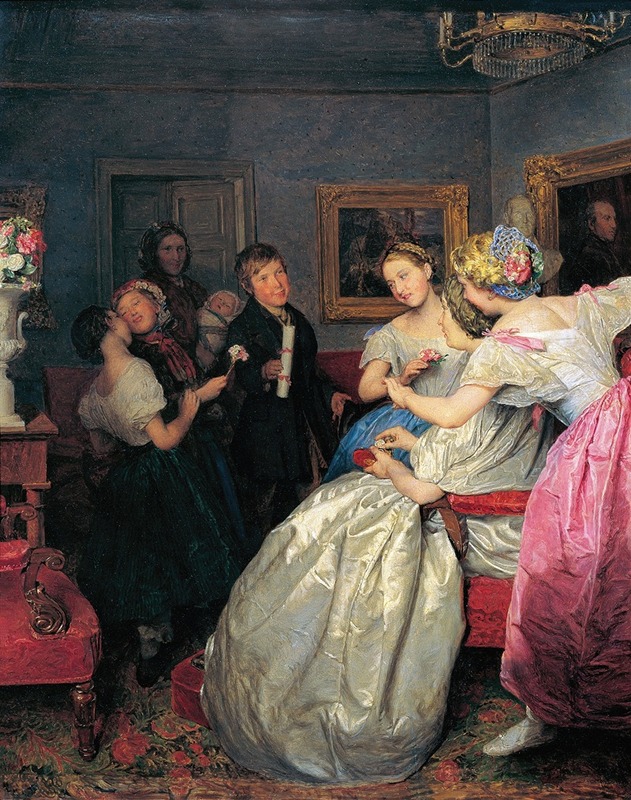
Poor congratulations
A hand-painted replica of Ferdinand Georg Waldmüller’s masterpiece Poor congratulations, meticulously crafted by professional artists to capture the true essence of the original. Each piece is created with museum-quality canvas and rare mineral pigments, carefully painted by experienced artists with delicate brushstrokes and rich, layered colors to perfectly recreate the texture of the original artwork. Unlike machine-printed reproductions, this hand-painted version brings the painting to life, infused with the artist’s emotions and skill in every stroke. Whether for personal collection or home decoration, it instantly elevates the artistic atmosphere of any space.
Ferdinand Georg Waldmüller was an Austrian painter known for his contribution to the Biedermeier period, a time characterized by a focus on realism and detail in art. One of his notable works is "Poor Congratulations" (German: "Die Arme Gratulantin"), painted in 1862. This painting exemplifies Waldmüller's skill in capturing the nuances of everyday life and the social dynamics of his time.
"Poor Congratulations" depicts a poignant scene that reflects the socio-economic disparities of 19th-century Austria. The painting shows a young girl, dressed in humble clothing, presenting a bouquet of wildflowers to a well-dressed woman. The setting is a rural landscape, typical of Waldmüller's work, which often featured the Austrian countryside. The contrast between the two figures is stark, highlighting the theme of social inequality. The young girl's gesture of offering flowers is a simple act of kindness, yet it underscores the disparity between her modest means and the apparent affluence of the woman receiving the flowers.
Waldmüller's attention to detail is evident in the meticulous rendering of the characters' attire and the natural surroundings. The young girl's clothes are simple and worn, suggesting her lower social standing, while the woman's attire is elegant and fashionable, indicative of her higher status. The flowers, though modest, are depicted with care, emphasizing their significance as a symbol of goodwill and innocence.
The painting is also notable for its use of light and color, which are characteristic of Waldmüller's style. The natural light illuminates the scene, creating a sense of warmth and realism. The colors are vibrant yet harmonious, enhancing the emotional impact of the scene. Waldmüller's ability to capture the subtleties of light and shadow adds depth to the composition, making the figures appear lifelike and three-dimensional.
"Poor Congratulations" is a reflection of Waldmüller's interest in the human condition and his ability to convey complex social themes through art. His work often explored the interactions between different social classes, and this painting is a prime example of his skill in portraying such dynamics with empathy and insight. The painting invites viewers to consider the social realities of the time and the human emotions that transcend economic boundaries.
Ferdinand Georg Waldmüller's contributions to art extend beyond his technical prowess; he was also a significant figure in the development of 19th-century Austrian painting. His works are celebrated for their realism and their ability to capture the essence of everyday life. "Poor Congratulations" remains an important piece in understanding the social and cultural context of the Biedermeier period, as well as Waldmüller's legacy as an artist who brought attention to the lives of ordinary people through his art.





